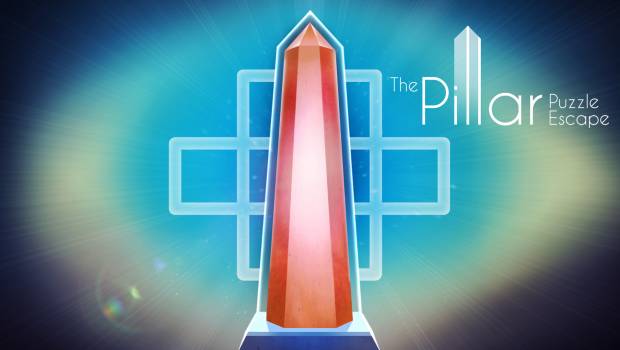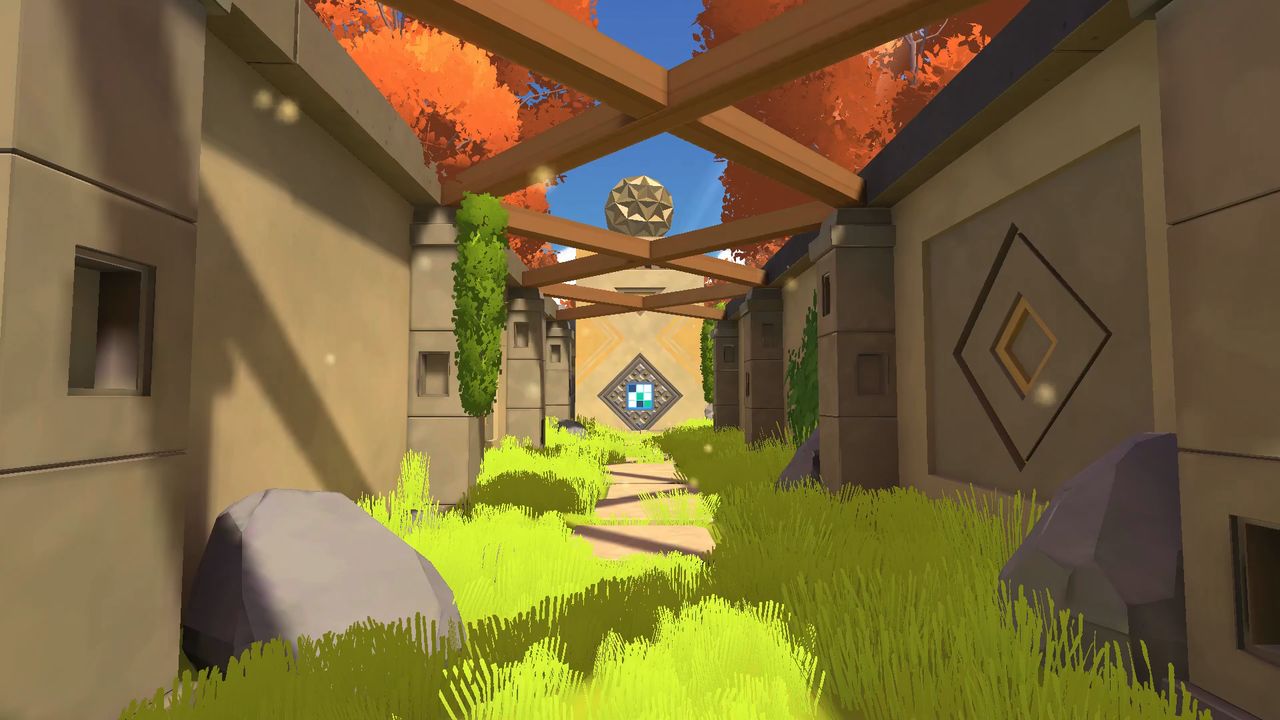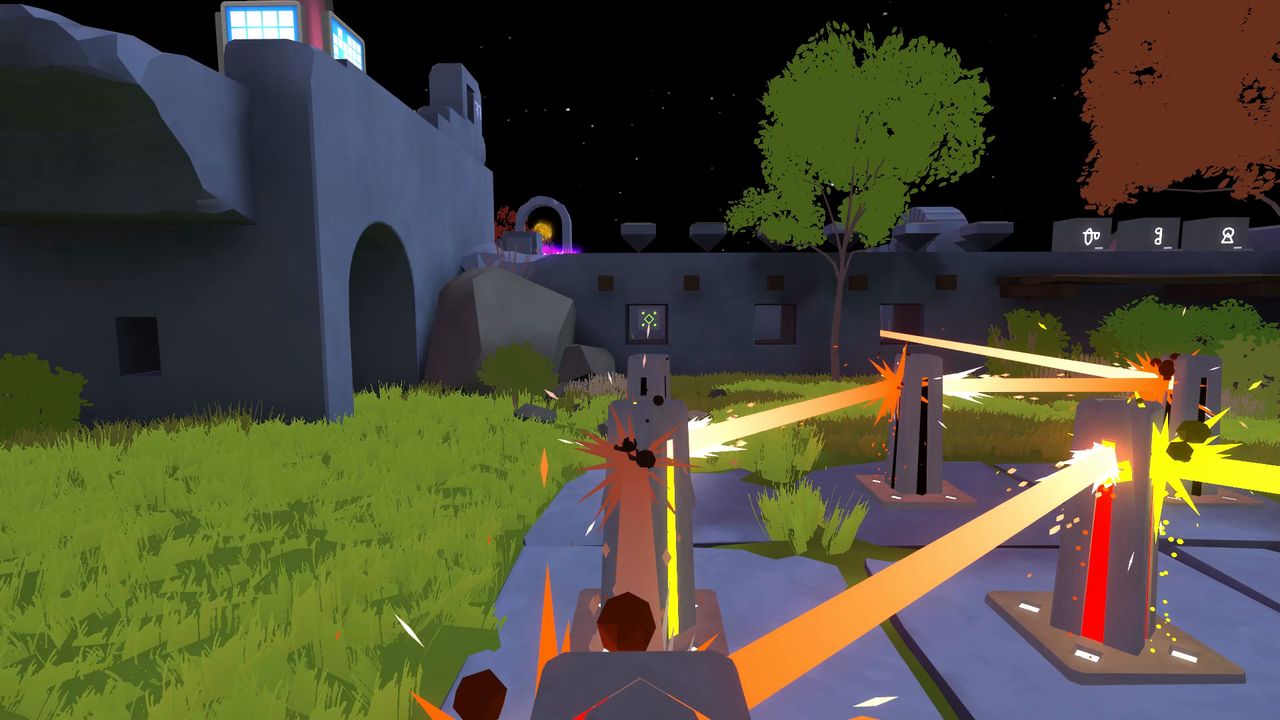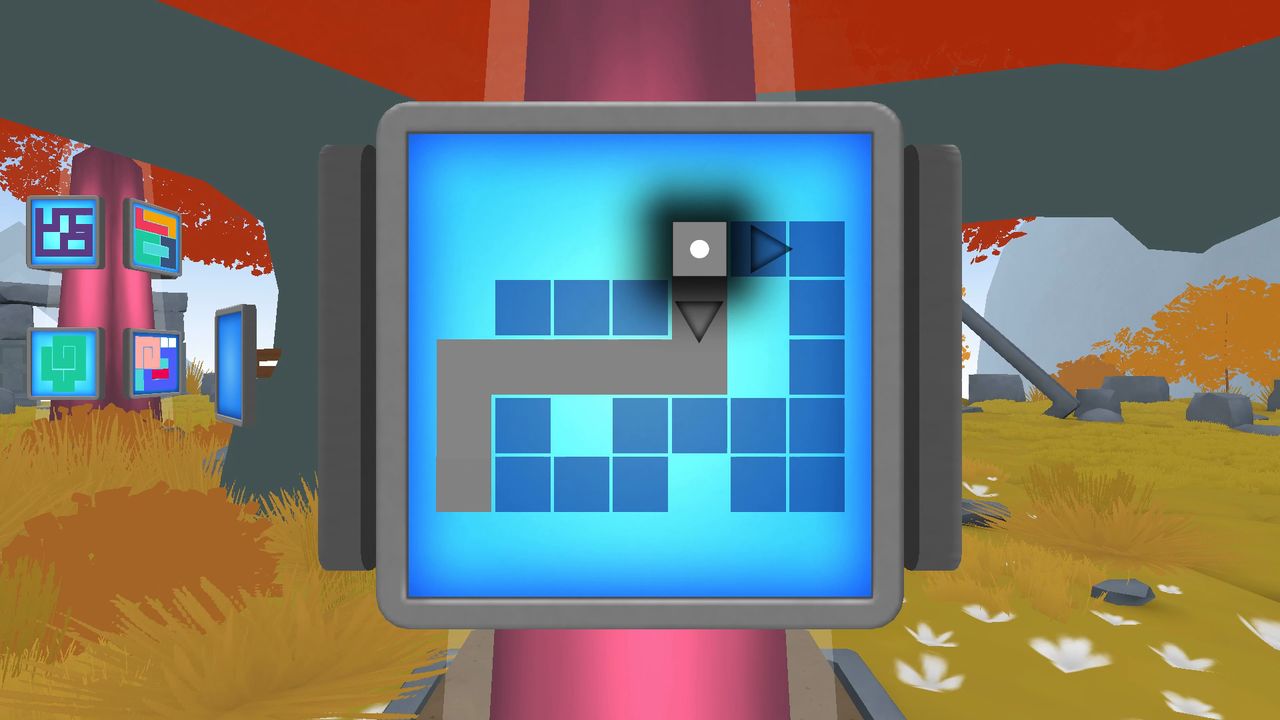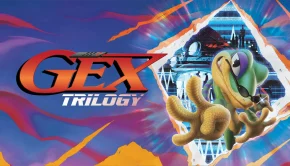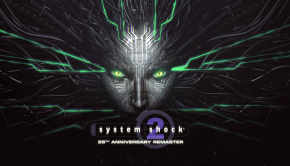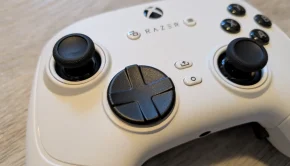The Pillar: Puzzle Escape Xbox Series X Review
Summary: Explore a unique open world map as you search for clues and complete simple puzzles to progress to the next level.
3.8
The Pillar
“The Pillar: Puzzle Escape” takes players to a mysterious world where they must solve visual puzzles to progress further on their journey and find a way out. Consisting of 8 levels of various lengths, players will need to tap into their creative problem solving and memory skills to complete the puzzles found scattered around the large pink pillars in each level. Ideal for younger players, the challenges and puzzles are quite simple and are designed as an entry point into the “room escape” genre.
Gameplay
Many gamers will be drawn to the idea of exploring an open world and solving the various puzzles scattered throughout each level. These sorts of games can be a lot of fun and quite relaxing as they normally don’t require large amounts of consecutive hours to play. For me, I love the puzzle genre as I often find these challenging games a good way to take a break from high intensity games and the opportunity to do something at my own pace. “The Pillar: Puzzle Escape” is no exception to this. Although the game is not the most difficult puzzle game out there, it will require a good memory and the ability to tap into your creative problem solving skills. Older players who are experienced in puzzle games won’t find this game challenging in the slightest, and as such, will be more focused on trying to figure out what the underlying plot is and may eventually become frustrated due to the lack of challenge. Admittedly, that was the case for me. I found “The Pillar” to be a walk in the park and the whole game was completed in just a few hours. Knowing that there were only 8 levels in the game, I became more and more frustrated as I completed the levels with ease, focusing on the only mystery that I couldn’t figure out: the plot. It is for this reason that I strongly believe that the game is meant for younger players as the level designs are fairly simple and they would be more focused on the challenges than anything else. Aside from the difficulty of the puzzles, there is nothing to give any clear indication as to what the targeted age group is.
Starting the game, players are given very little instruction or guidance as to what is going on or why you need to escape. The only reoccurring theme, as the title of the game would suggest, are a series of bright pink pillars. These unusual structures appear in every level and are normally covered in large display screens containing various puzzles to solve. Players will find that these display screens all revolve around coloured squares on a grid. Throughout each level, players will also encounter other interactive puzzle elements such as codes, laser beams, and combination locks. These puzzles will require players to explore the area around them and search for clues. Some clues can be a bit obscure to find such as a number for a combination hidden in a remote part of the level that requires you to be standing in the right spot and looking in the right direction to see it. But, with a bit of imagination and persistence, they’re easy enough to solve, even with a bit of basic guess work.
All other puzzles that appear on the display screens don’t require any external clues to solve. Players will need to complete patterns, fill in all of the blank areas, or create paths between two squares of the same colour. Progressing through the game only presents players with more complex versions of these puzzles. For example, the memory puzzles require you to memorise and recreate the movements of fast-moving squares of different colours, each gaining in speed and complexity as players progress further into the game. If players get stuck on one particular puzzle, there is usually another puzzle that they can try their luck at before returning to the one that they were stuck on. This reduces the frustration players will get from been roadblocked from having to solve sequential puzzles.
“The Pillar: Puzzle Escape” offers minimal variety in the types of puzzles you’ll encounter, so having to learn how to solve new puzzles shouldn’t really be an issue. As an indie game, I found that as each level went on, the designs and creativity of each level started to become more and more complex. It’s hard to say if this is an intentional feature to show another layer of progression throughout the game or if the developers became more confident in their design skills, realising that they could actually make levels more involved. The reason I say this is due to how quickly I was able to progress through 90% of the game before been slowed down by one of the last levels that required me to memorise symbols hidden behind a rather creative portal puzzle. Had this been part of the first few levels, then I dare say the game would be more challenging for older gamers.
Final Thoughts
What “The Pillar: Puzzle Escape” lacks in length, it makes up for in creativity and easily a fun experience for younger gamers. Players will get to explore a unique open world map as they search for clues and complete simple puzzles to progress to the next level. Older players won’t find any real value in this game and are better off investing their time in something a bit more challenging. However, parents who want to help their children’s creative problem solving and memory skills should look into this game as an educational and development tool to stimulate young minds.


